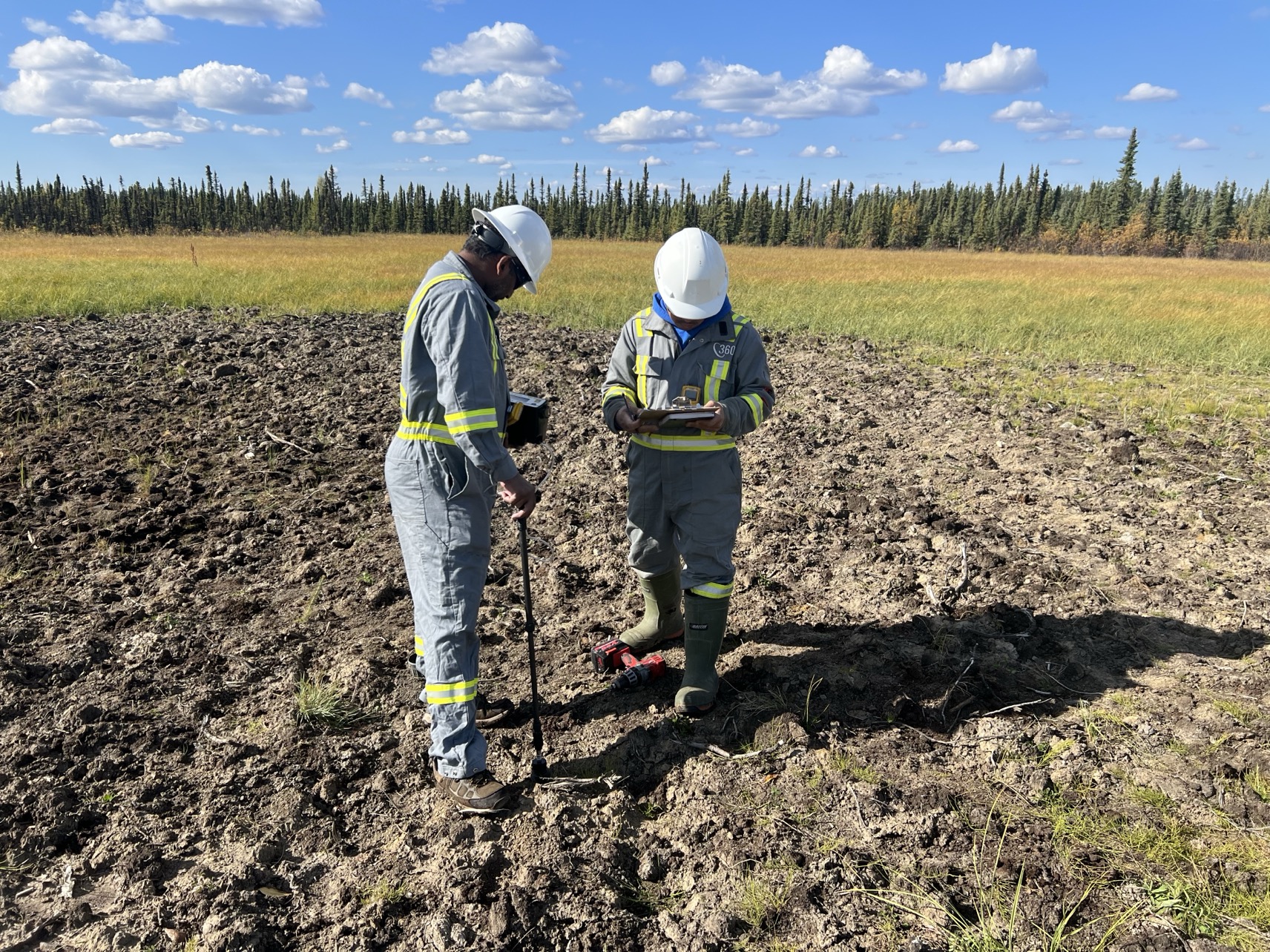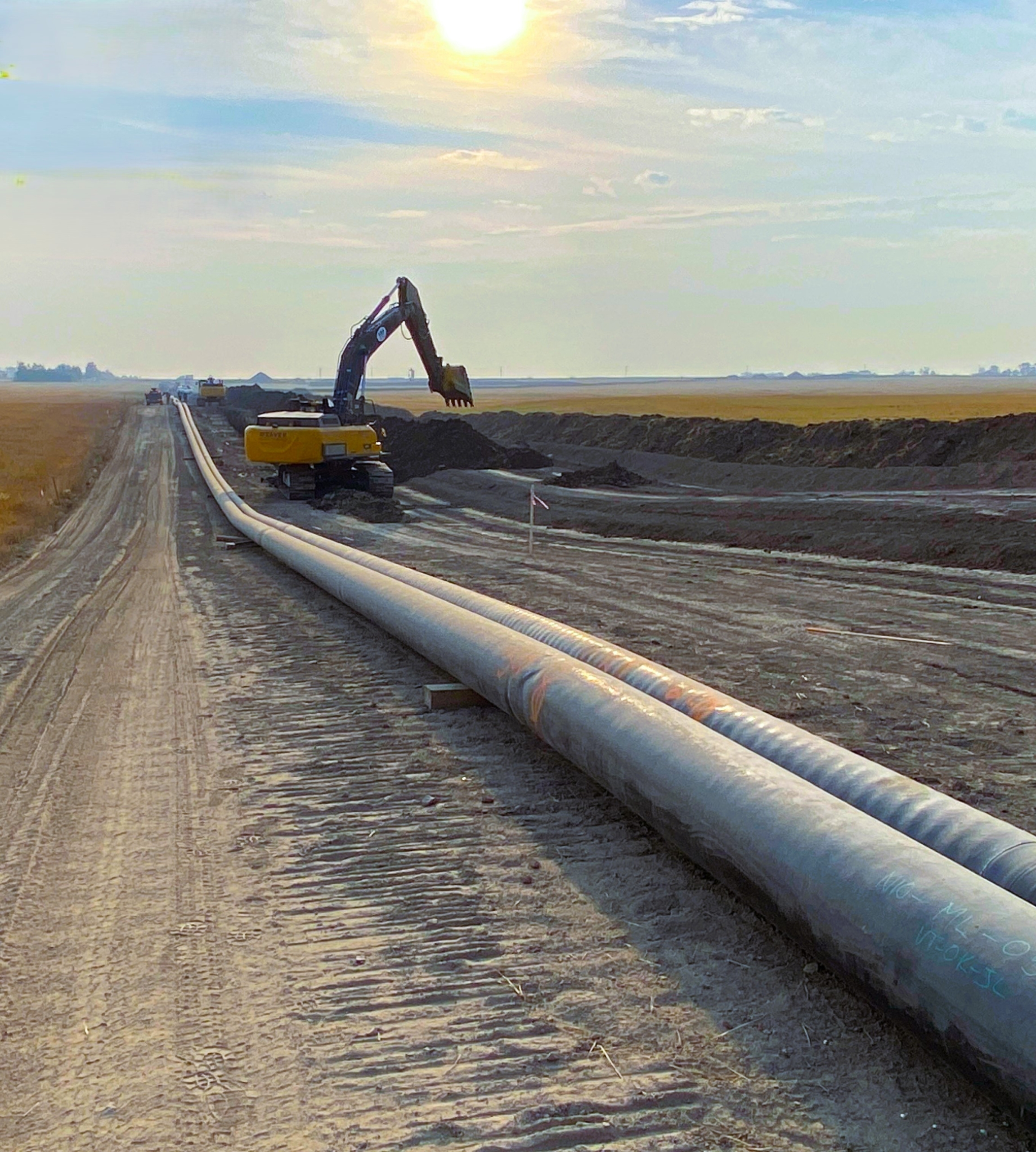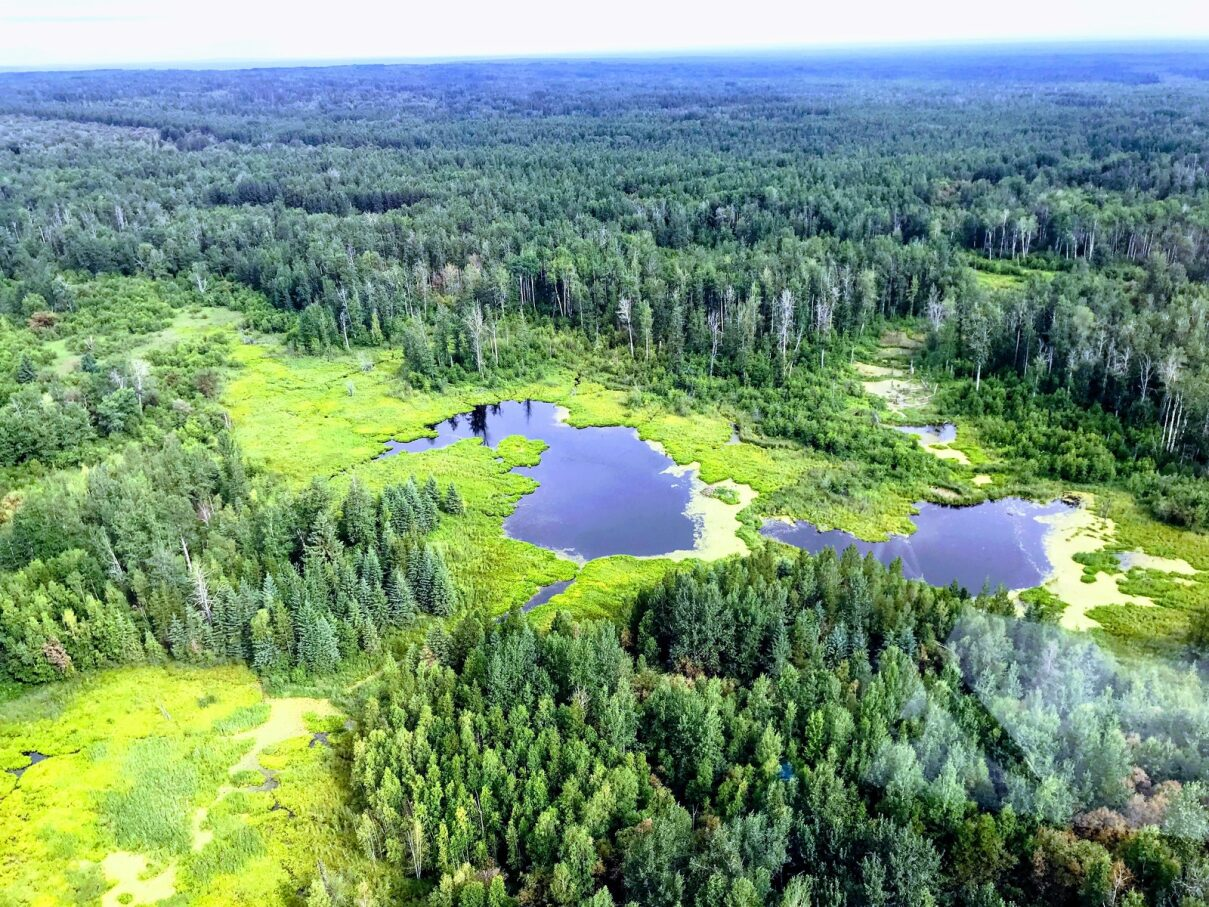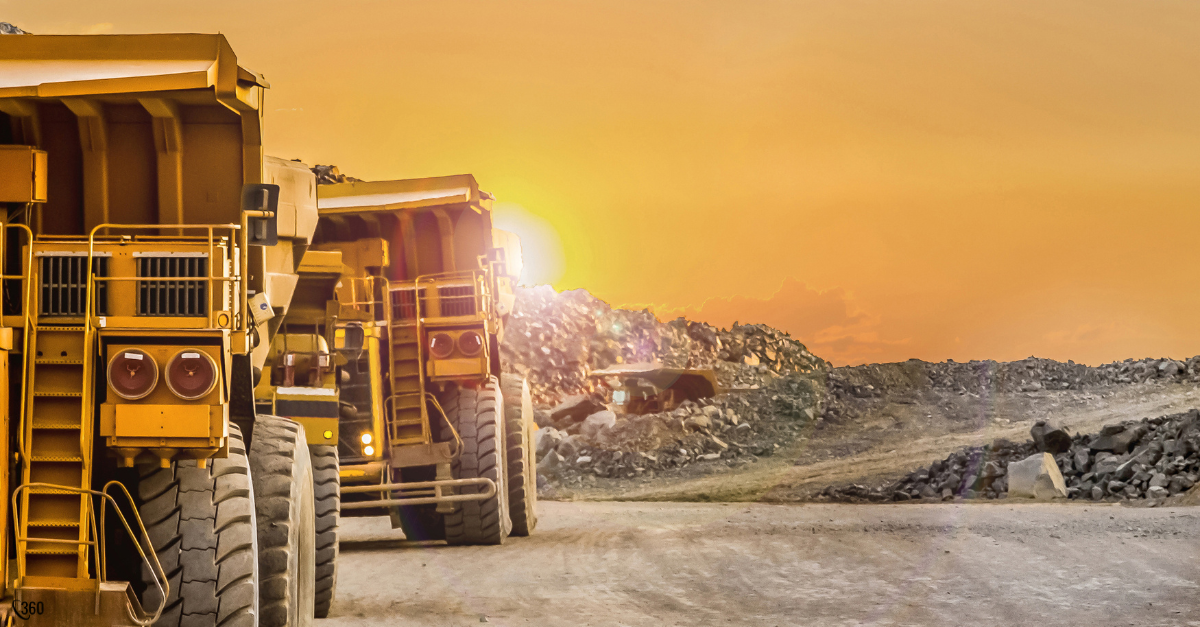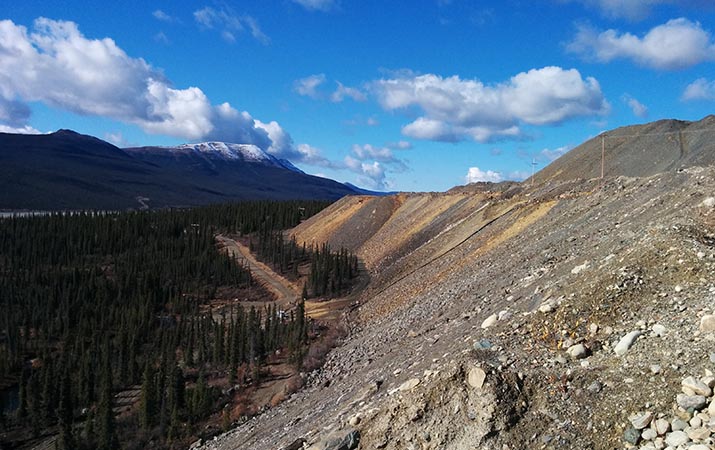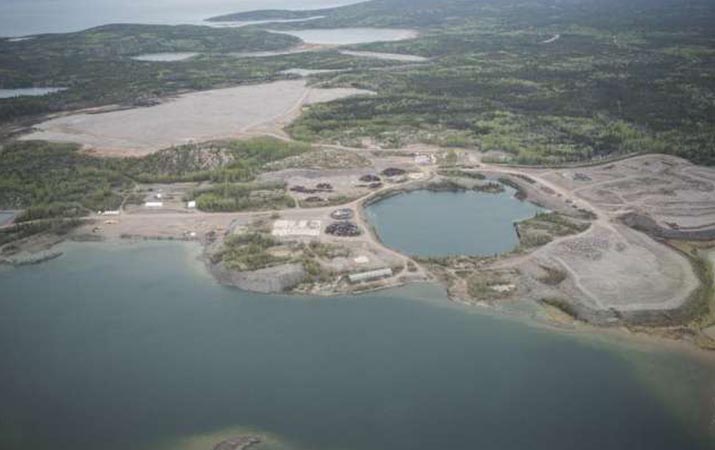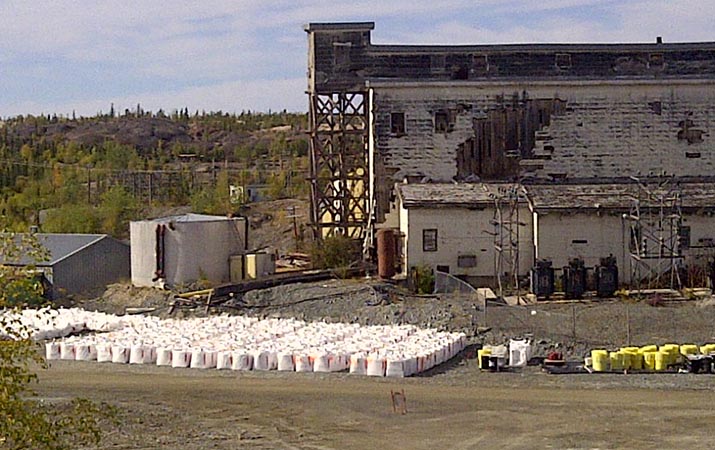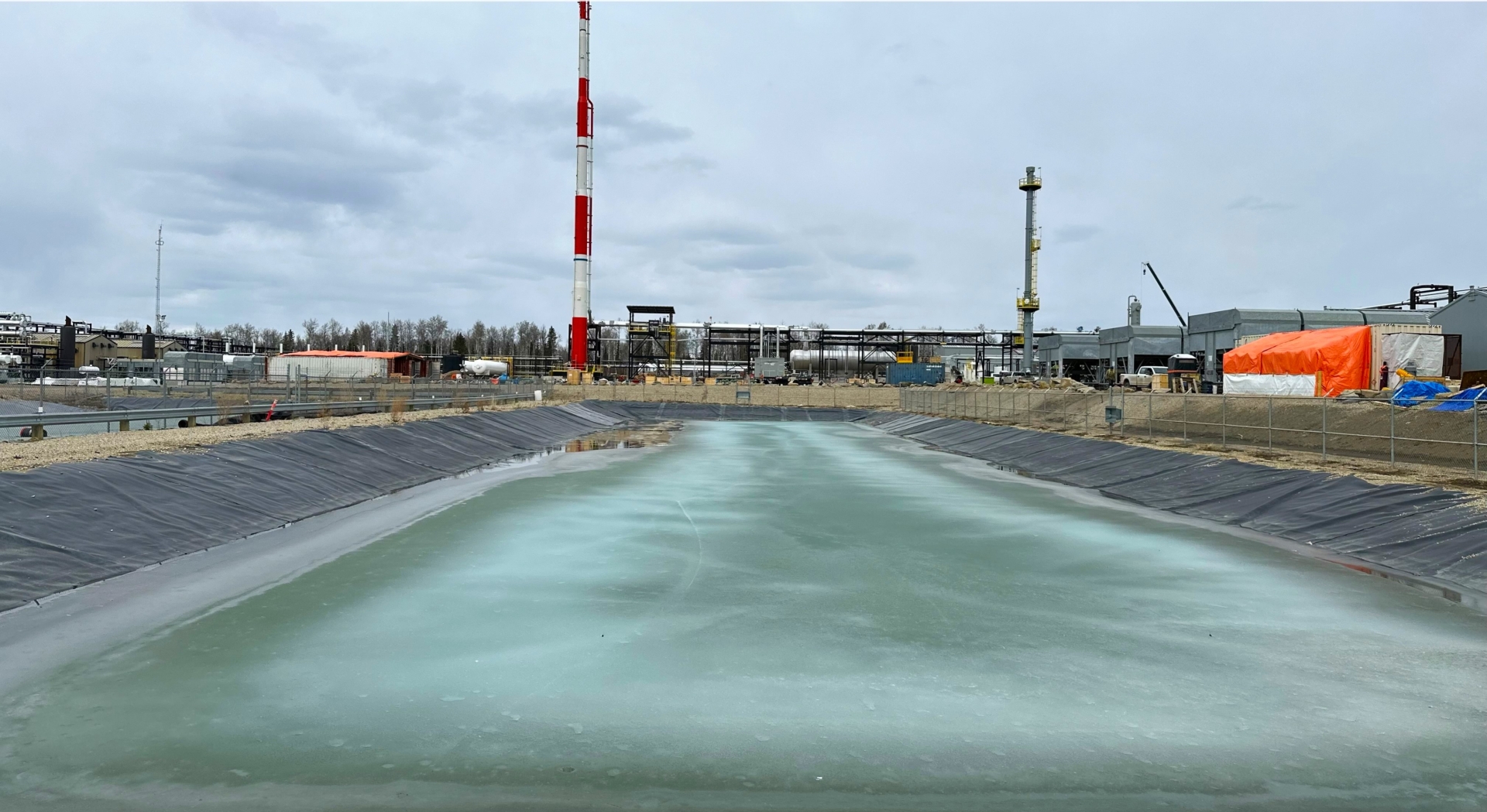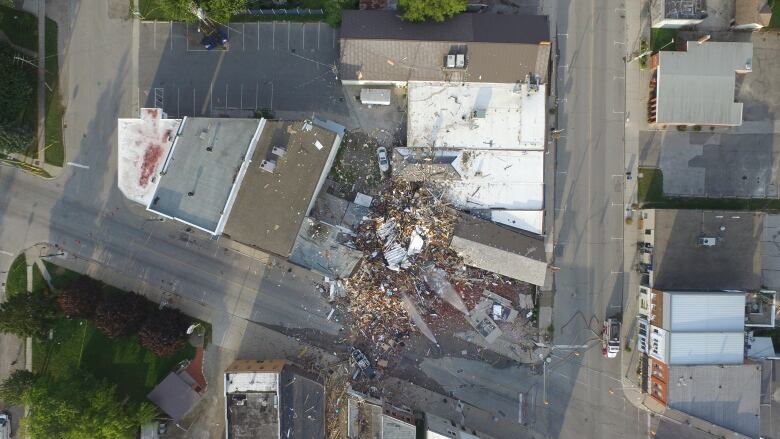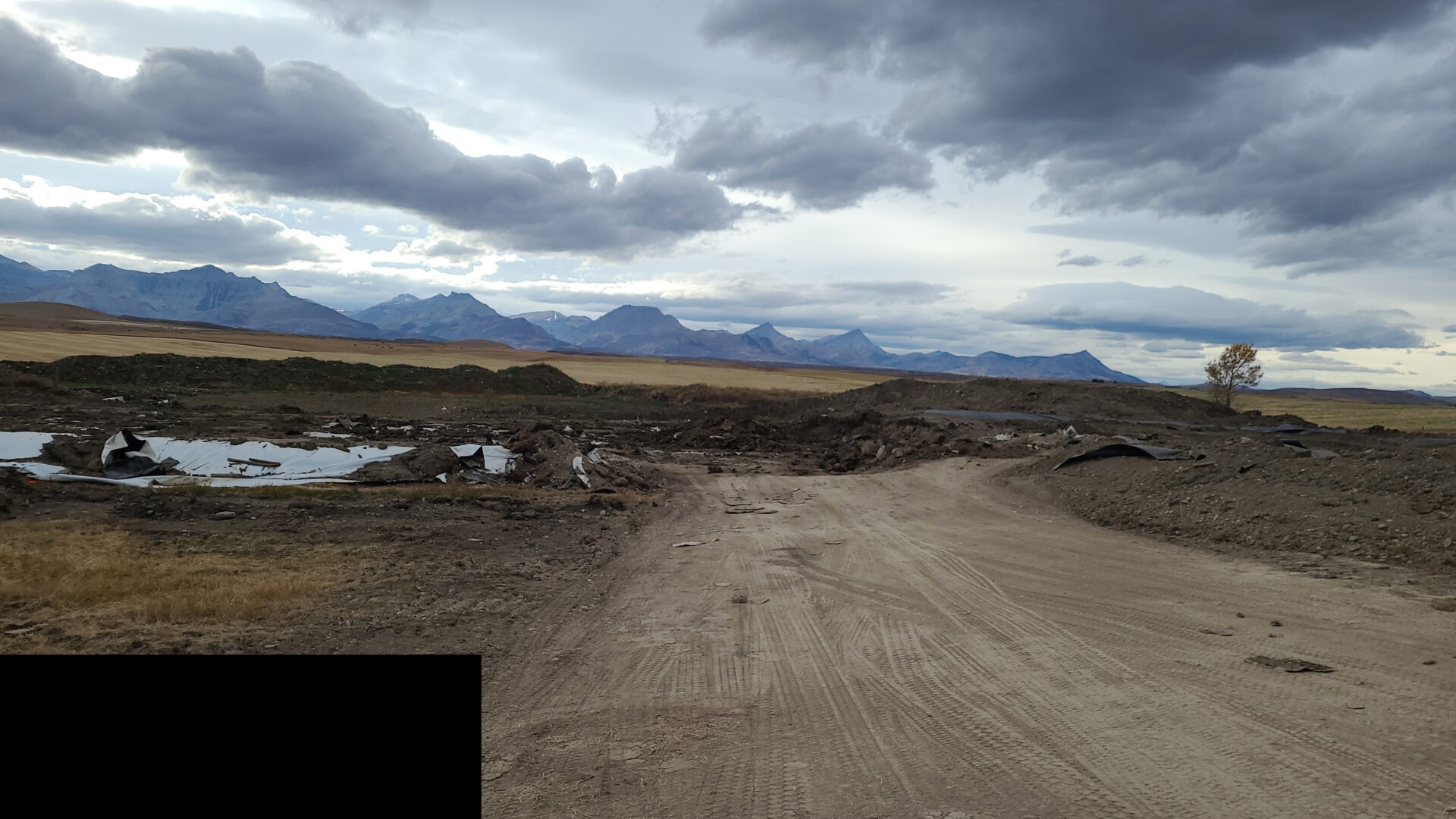As construction and development projects expand into areas with a history of oil and gas extraction, it becomes essential for industry professionals to recognize the risks posed by legacy infrastructure. Oil and gas wells, pipelines, and other infrastructure, often decommissioned after depletion or deemed non-productive, can remain hidden hazards. These legacy structures, though no longer in use, may present serious safety, environmental, and operational challenges for developers, contractors, and construction teams. This insight delves into the historical significance of oil and gas infrastructure, what to look for, and strategies to manage these risks in construction and development projects.
Historical Significance of Oil and Gas Infrastructure
North America’s industrial history is deeply intertwined with the oil and gas industry, particularly in oil and gas producing states and provinces. For over a century, these regions have been vital to the continent’s energy sector, with wells and pipelines crisscrossing the landscape. However, as fields were depleted or became economically unviable, much of the infrastructure was abandoned, leaving a legacy of underutilized and sometimes forgotten sites. While these abandoned wells and pipelines may seem inert, they remain physically present underground or beneath the surface, posing risks to any new developments in the area.
Risk of Legacy Oil and Gas Infrastructure
Legacy oil and gas infrastructure presents several potential hazards to construction projects, including:
- Contamination: Leaking pipelines, wells, or underground storage tanks can release harmful hydrocarbons, leading to soil, water, and air contamination. This not only harms the environment but also poses a risk to human health.
- Explosion and Fire: Gas leaks or the presence of residual hydrocarbons can result in fires or explosions, particularly when disturbed during construction activities or large public infrastructure projects.
- Structural Instability: Abandoned infrastructure may have deteriorated over time, making old pipelines and wellheads unstable. This creates hidden risks for workers and machinery involved in construction.
Understanding these risks is essential to mitigating them, ensuring the safety of workers, and maintaining the integrity of the project.
Identifying Legacy Infrastructure in Construction Projects
Vigilance is key when working in areas where legacy oil and gas infrastructure may be present. Signs of such infrastructure include:
- Odors: The smell of petroleum or natural gas is a clear indicator of potential gas leaks or contamination.
- Bubbles in Soil or Water: Bubbling may signal the release of gas from underground sources.
- Soil Discoloration: Darkened or stained soil often suggests hydrocarbon contamination from abandoned infrastructure.
- Visible Materials: Old, rusted pipes, wellheads, or tanks on the surface can indicate the presence of legacy infrastructure.
- Topographical Irregularities: Uneven ground, depressions, or sinkholes may point to collapsed infrastructure or deteriorating wells.
Case Study: Leaking Well in Residential Neighborhood
A real-life case in Bonnyville, Alberta, serves as a powerful example of the risks posed by legacy oil and gas infrastructure. 360’s client identified a leaking well in a residential neighborhood, which prompted an emergency response. Carbon isotopic analysis and emissions monitoring were deployed, with monitors installed around nearby homes for 24/7 gas monitoring. A hydrovac was used to expose the well, and a vapour extraction unit was installed to mitigate emissions. This response was part of a broader plan that included bringing in a drilling rig and relocating nearby residents to safely re-enter the area. This case highlights the importance of early detection and proactive management of legacy infrastructure, as well as the importance of coordinating with local authorities and regulatory bodies. Read the full case study HERE.
Proactive Risk Management
To reduce the risk of encountering legacy infrastructure, construction and development teams should engage in proactive risk management strategies, including:
- Risk Assessments: Conducting thorough risk assessments and reviewing historical records can help identify areas where legacy infrastructure may exist.
- Aerial Surveys: Drone surveys provide valuable insights into the land’s topography, enabling detection of disturbed areas that could indicate buried infrastructure.
- Ground Truthing: Physical site investigations help confirm the presence of legacy infrastructure, ensuring a clear understanding of potential risks.
- Monitoring and Compliance: Ongoing monitoring and compliance with industry standards and regulations are essential to maintaining safety throughout construction.
Conclusion
Legacy oil and gas infrastructure poses significant risks to construction and development projects. By understanding the potential hazards, such as contamination, explosions, and structural instability, and by implementing proactive strategies like risk assessments, aerial surveys, and physical site investigations, construction teams can reduce the likelihood of encountering these dangerous remnants of the past. The case study of Bonnyville highlights the importance of swift action and collaboration with regulatory bodies to mitigate risks and protect both workers and residents. Ultimately, by staying vigilant and informed, developers can ensure the safety, success, and environmental sustainability of their projects.
Thanks for reading,
Jay

About the Author
Jay Murray, Manager of Emissions
Jay has over 10 years of experience in business operations management within the environmental science industry. He has extensive experience with gas migration, surface casing vent flows, and fugitive emissions testing, analysis, and data interpretation. His responsibilities include providing technical, operational, and regulatory coordination and support for large-scale emissions assessment and consulting projects; providing strategic regulatory, environmental, and emissions advice to clients; crafting and evaluating emissions assessments; project management within both provincial and federal frameworks; and supporting other internal business units with emissions data collection and analysis.

